PROTECT YOUR DNA WITH QUANTUM TECHNOLOGY
Orgo-Life the new way to the future Advertising by AdpathwayNic recently took the opportunity to make his Ritchey P-29er a bit more gravel-y by adding a new offering from the same company. With three-pack mounts, a drilled fork crown, and sleek looks, dig into his Ritchey WCS MTN Adventure Fork review for more on how this suspension-corrected carbon fork changed an already fantastic bike for the better…
Coming from the gravel-y side of things, choosing to upgrade a stock fork to a more expensive carbon one is often a minor decision. Whether the stock fork is already a solid carbon offering or an alloy option with mounts, it’s a choice that often seems pretty vain, pointless, and altogether relatively inconsequential, provided there is a stock fork to run with. To step outside my bubble for a second, I’d be willing to bet that at least half, if not more, of the folks riding gravel bikes don’t even consider the choice. Irrespective of my niche, most people riding gravel bikes these days are doing so on complete offerings that are fully carbon anyway. But, for those of us on steel, aluminum, or titanium bikes with the ability to run carbon forks, there is the temptation to “upgrade.”
Sure, a carbon fork can knock about two pounds off a build, but there are several caveats to consider. Firstly, was the bike designed with the ability to run a carbon fork? And not just compatibility-wise, but—will the bike subsequently ride poorly after swapping out a significant, structural portion? I’ve ridden bikes that, while lighter, have been altogether ruined by installing a carbon fork.
In my experience, this is down to a number of factors. On steel bikes with burlier tubesets, I find it better to have a “heavier,” more stout steering sensation concentrated toward the front instead of the rear. Though the front of the bike will always carry less weight than the rear, the lightness of handling supplied by carbon forks on bikes that aren’t particularly svelte in their construction can be jarring. Secondly, to what end is one installing a carbon fork? Some do so because their stock fork isn’t equipped with the appropriate mounts, but would a rack not solve the same issue? And that’s to make no mention that many carbon forks aren’t rated to run even small racks.
All this to say, for what ends up being a pretty costly decision, carbon forks on gravel bikes that aren’t designed around them are often a superfluous change. However, carbon forks on mountain bikes are an entirely different kettle of fish. For the sake of simplicity, let’s just say we’re referring to mountain bikes with suspension-corrected geometry. The function of the bike changes with the installation of a carbon fork through the sheer fact that suspension is no longer present.
When I took on Ritchey’s P-29er hardtail (find my review in the Further Reading grid below), I knew I was diving headfirst into an unfamiliar world. Though I always prefer to engross myself in something and figure things out as I go, mountain bikes and their seemingly infinite subsects are incredibly complex, much like the people who ride them. Even more so than your typical cyclist, mountain bikers have opinions. Takes on how to run, actuate, and optimize pretty much everything. The overwhelming sentiment I’ve been subject to, be it out on the trails or elsewhere, is something like, ”Wow. Full rigid…? Why?”
Aside from the obvious work-related rationale, I was excited to test the rigid fork when the complete set arrived at my door. Not only did it seem more in line with my cycling preferences, but the addition of suspension hadn’t completely blown me away. It was nice, and potentially something I could get used to, but I wasn’t clamoring to keep it when I spoke to Fergus Tanaka, marketing manager at Ritchey, about buying the bike from Ritchey. Most of my early miles on the P-29er were with the supplied Fox Stepcast fork, and it made for a great bike. But when the initial review period ended, I couldn’t wait to try out the Ritchey WCS MTN Adventure fork.
This suspension-corrected carbon offering features a 483 mm axle-to-crown, an integrated 45-degree crown race, 50mm of rake, BOOST 110x15mm thru-axle spacing, three-pack mounts, a drilled fork crown, and internal dynamo routing on the non-drive-side leg. By all accounts, it has all the features one might need to make a suspension-oriented bike a lot more capable for bikepacking endeavors and calmer, slightly less singletrack-specific days in the saddle. Retailing for $692.95, it’s certainly not the cheapest fork on the market, but it is generally consistent with Ritchey products’ higher quality.
I felt skeptical during my first runs with this rigid offering. Perhaps my ability to fly down some tough blue and even black trails in my new home of North Carolina was down to the 120mm suspension fork. Maybe I wasn’t as good as I thought I was. And to a certain extent, that was true. Suspension, as I understand it, is intended to keep your wheels firmly planted on the ground. The stepcast had undoubtedly done so, but, as I would go on to learn, it robbed me of some downhill-oriented joy. Though my initial runs with the new fork made it clear I needed to recalibrate my expectations with regard to what lines I take and how fast I take them, it became clear that the rigid fork was more suited to my riding style. I liked the more aggressive, riskier, rowdier sensation supplied by the lack of travel. It felt like I was truly riding the trail instead of experiencing it through a more muted medium. After the first few rides, I gleefully smiled while traversing almost every trail I dared to test my skills on.
As I wrote in my review of the Ritchey P-29er, the geometry of the hardtail was doing the majority of the work. With Ritchey Shield 2.1 tires, no dropper, and no front suspension, I found that sentiment was underlined. The longer wheelbase of the hardtail kept me planted and stable in areas where a gravel bike would surely falter, but the thinner profile of both the wheels and the bike as a whole allowed me to cut through the rocky, rooty shoulder season in Pisgah like a knife. Nevertheless, what I found to be distinct about the fork change was what it allowed me to see as a use case.
I’m not someone who enjoys having a myriad of bikes. Aside from trying to combat the overwrought sense of consumerism that seems rampant in just about every facet of our Western lives, I believe it to be a bit indulgent to have small, minor changes as a justification for owning what often amounts to very similar bikes. To each their own, I suppose, but I believe in using as few tools for as many applications as physically possible. Perhaps I’m not skilled enough to enjoy the nuances between small changes in geometry or travel. Still, the philosophy that guides a near-constant thinning of my stable is one of utility. And that’s something I struggled with when I purchased the P-29er. I loved the bike, but couldn’t fight the feeling that it was perhaps too specific. Was the P-29er too oriented toward off-road riding, such that I couldn’t enjoy it on the plethora of excellent roads I can access here in Asheville?
While I still prefer a gravel bike for days when there’s a bit less technical riding on the docket, the addition of the Ritchey WCS MTN Adventure Fork has made it such that the bike is a true do-it-all. It’s the North Carolina bike of my dreams with a 36-tooth chainring, a wide range cassette, and an aggressive position. Capable of getting to the trail, smashing the limits of what I’m capable of, and getting home, the fork is as responsible for adding to that sense of versatility as the bike.
There’s also the addition of three-pack mounts, internal dynamo routing, and ample tire clearance, which makes this a perfect addition for someone taking on a bikepacking event. Fergus took on the Bikepack the Bay event on his P-29er in drop-bar mode and had a similar experience to what I’ve spoken about. It makes what is an already aggressive, pedaling-efficient bike even more so, and it adds to that sense of versatility without feeling a compromise in capability or ride quality. In fact, since I didn’t get to keep the prototype fork, I’ve been running a rigid ENVE fork with similar specs, and the rigidity is a step down from what I experienced with the Ritchey WCS MTN Adventure fork. I’m not exactly sure what Ritchey is doing differently with the layup or shaping, but it’s the smoothest, least harsh carbon fork I’ve ever ridden. Even on the rough and tumble trails of Pisgah, I never felt shocked or bonked by the fork’s ride quality.
- Model Tested: WCS Carbon Mountain Adventure Fork
- Actual Weight: 445 grams (15.6 oz)
- Place of Manufacture: Taiwan
- Price: $692.95 at Ritchey Bikes
- Manufacturer’s Details: Ritchey Bikes
Pros
- Aesthetics are a priority here and are consistent with the look of other Ritchey carbon offerings.
- Three-pack mounts are always appreciated.
- Internal dynamo routing makes things less of a headache.
- Threaded fork crown mounts and eyelets are a nice addition.
- The quality of the carbon is clearly nicer than most carbon forks.
Cons
- Pretty expensive given other options on the market.
- Some might consider the tire clearances limiting given the intended use.
- The look isn’t going to match every bike, unlike straighter, less stylistic offerings elsewhere.
Wrap Up
Although there are a number of more affordable mountain bike forks with a bit more clearance, the Ritchey WCS MTN Adventure Fork offers a lightweight, premium option for those looking to turn their XC bike into an even faster, lighter package. Capable of turning any modest hardtail into a lighter, meaner, more bikepacking-friendly option through its internal dynamo routing, three pack mounts, and threaded fork crown, the Ritchey WCS MTN Adventure Fork is a niche but worthwhile addition to the carbon mountain adventure fork market.
Further Reading
Make sure to dig into these related articles for more info...
Please keep the conversation civil, constructive, and inclusive, or your comment will be removed.


 1 month ago
8
1 month ago
8




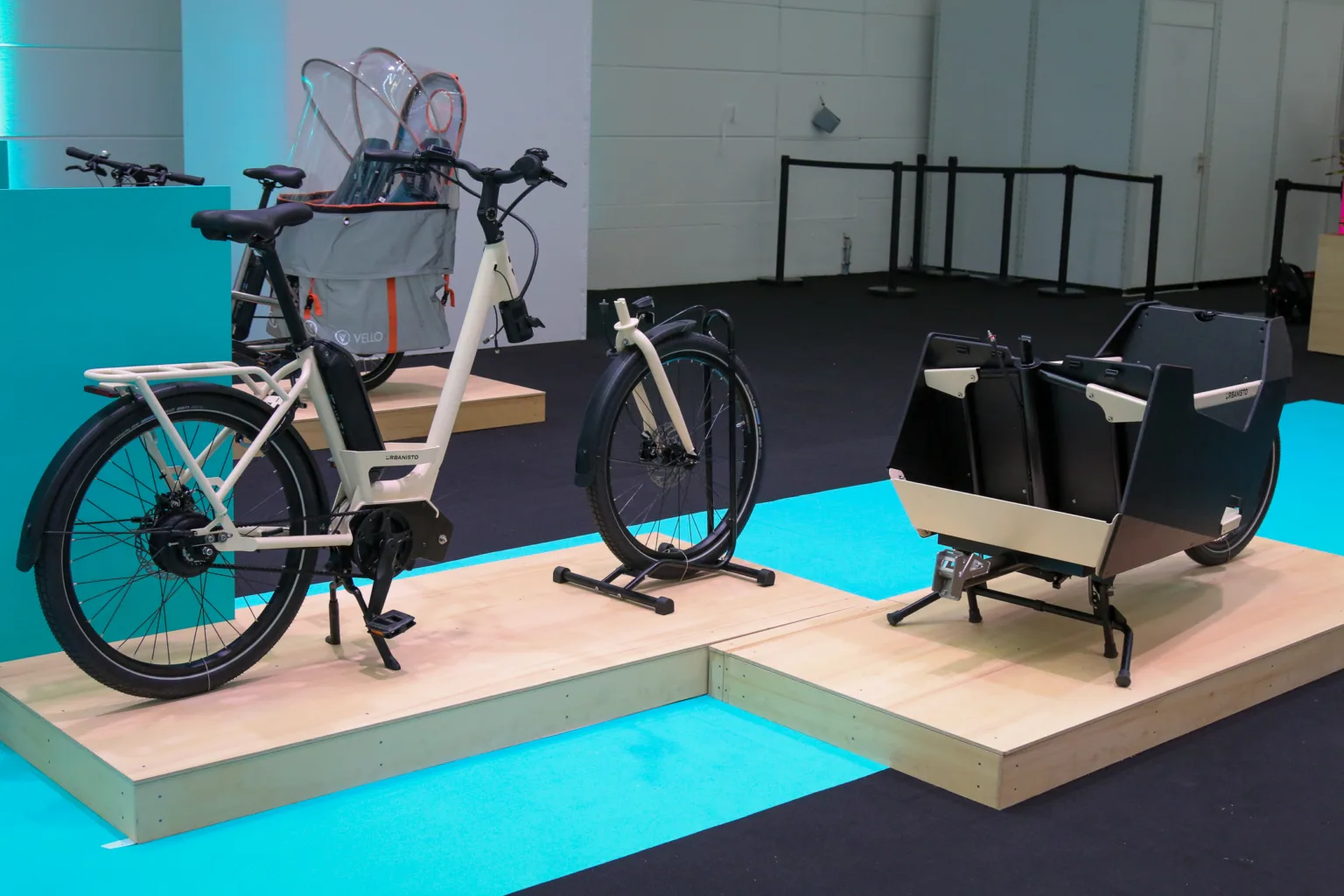

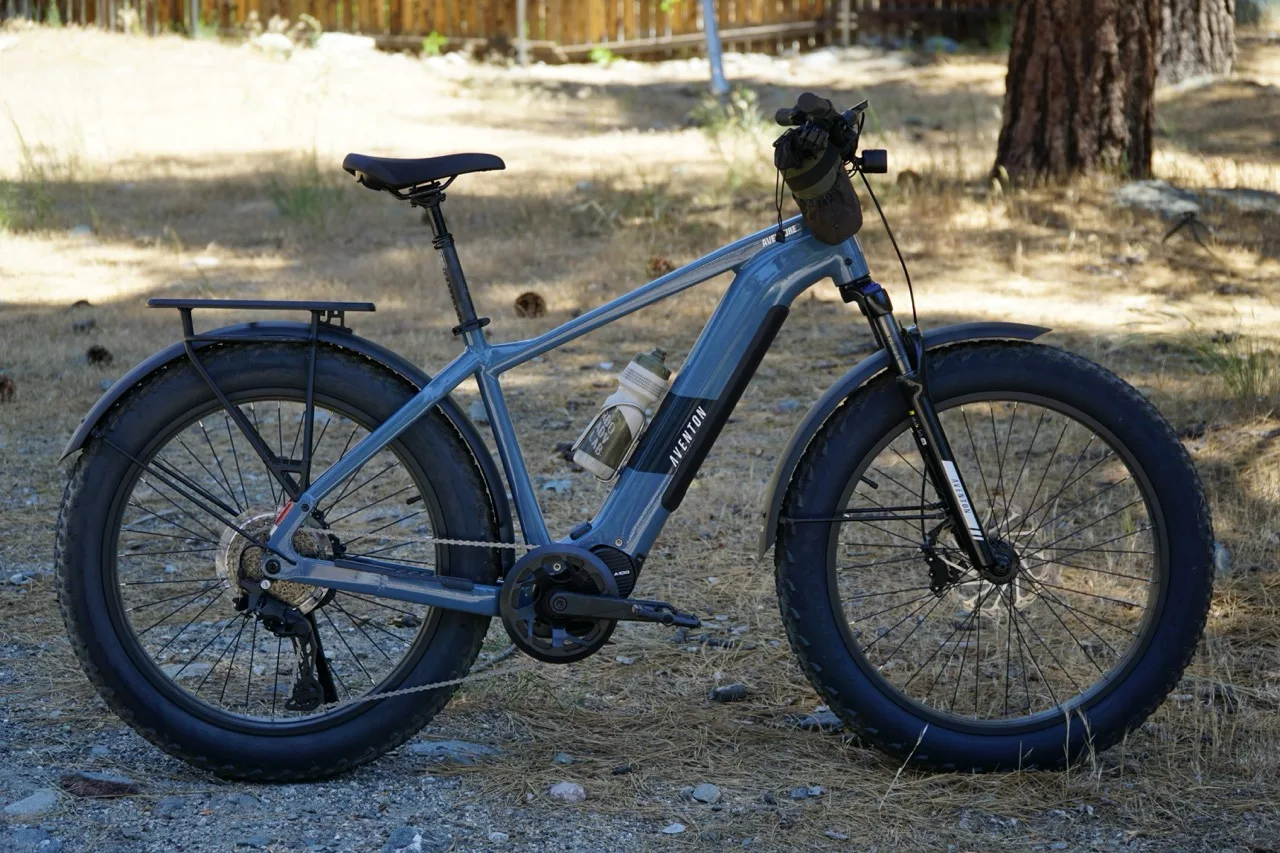
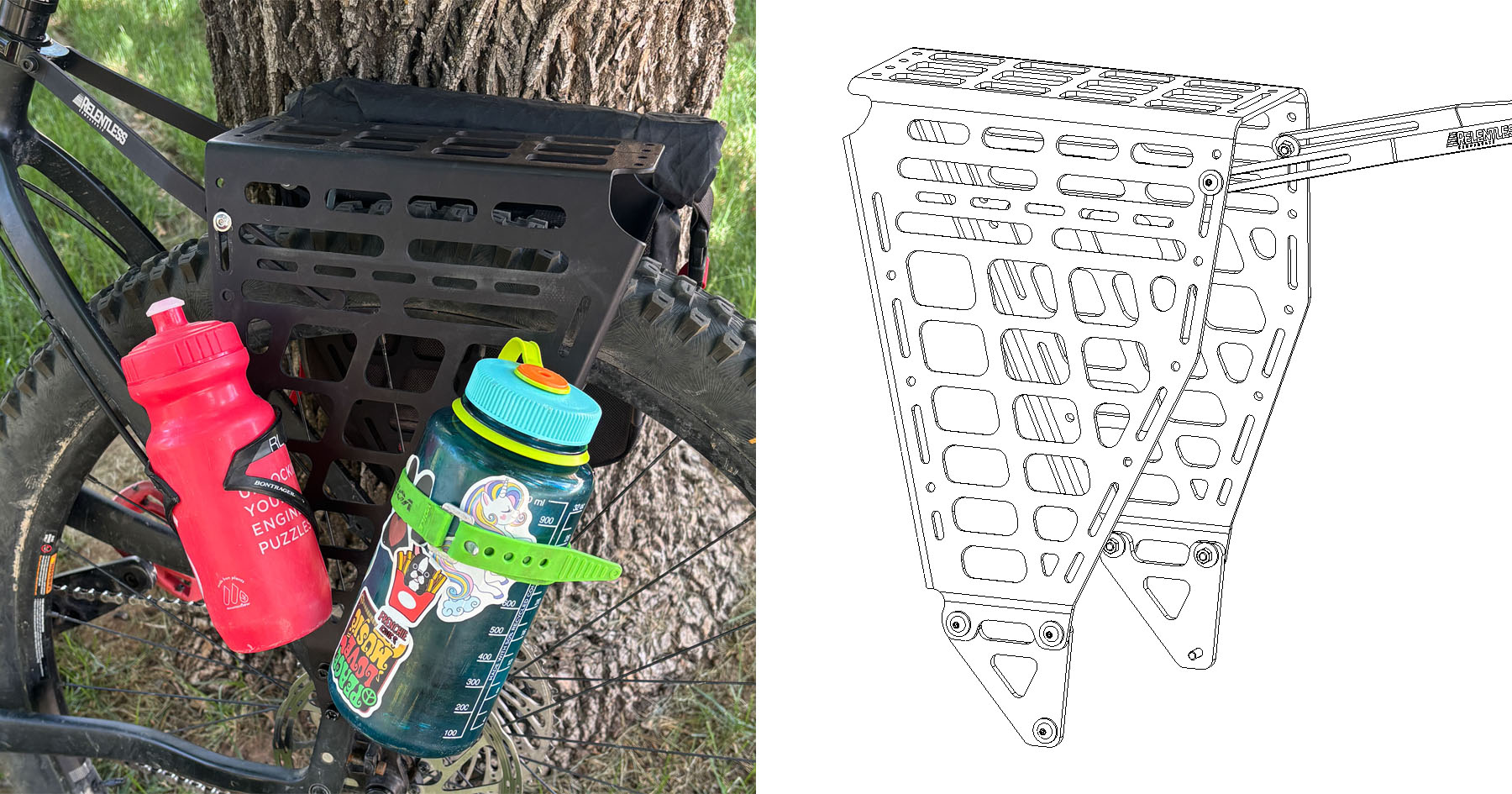
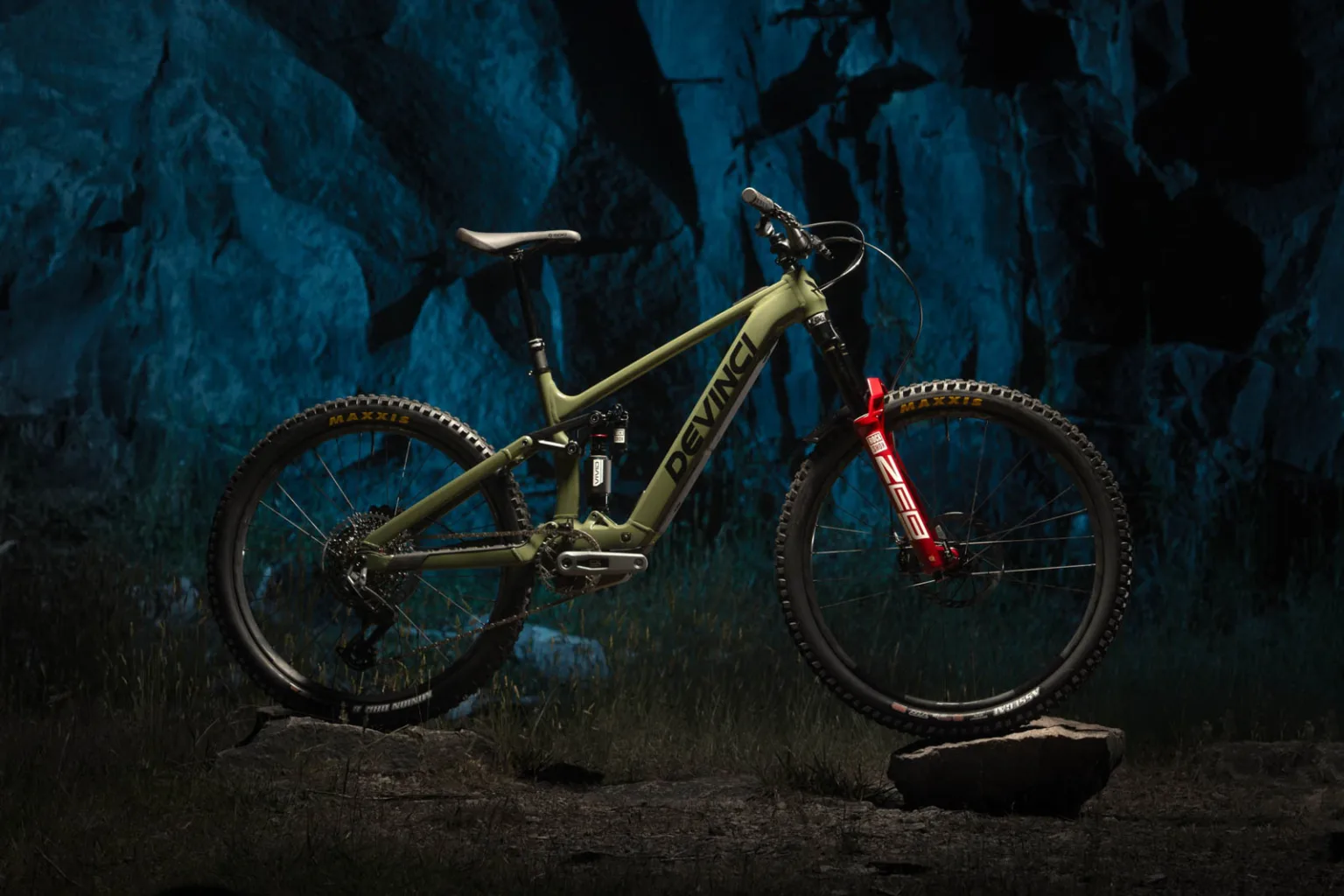

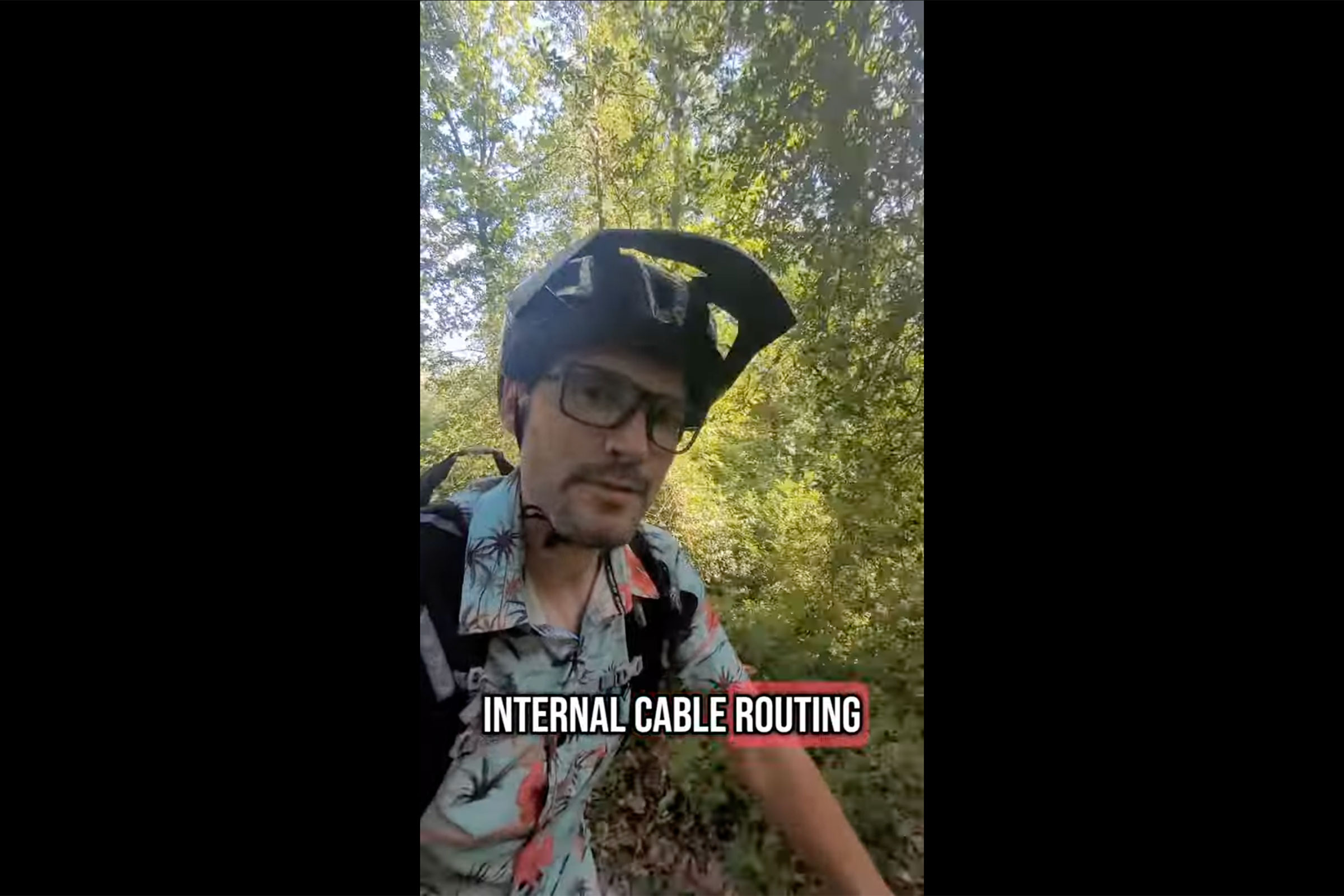


 English (US) ·
English (US) ·  French (CA) ·
French (CA) ·  French (FR) ·
French (FR) ·